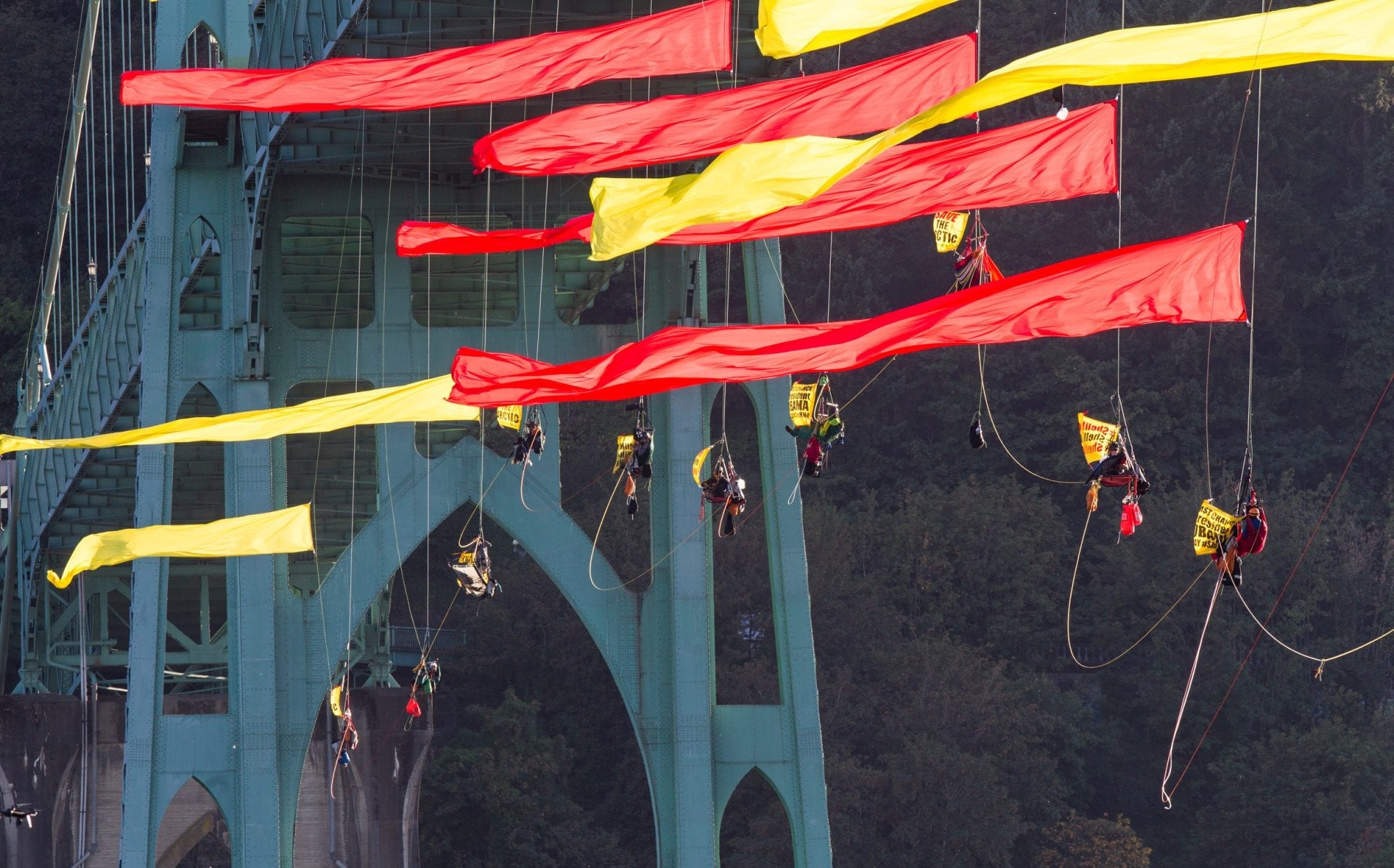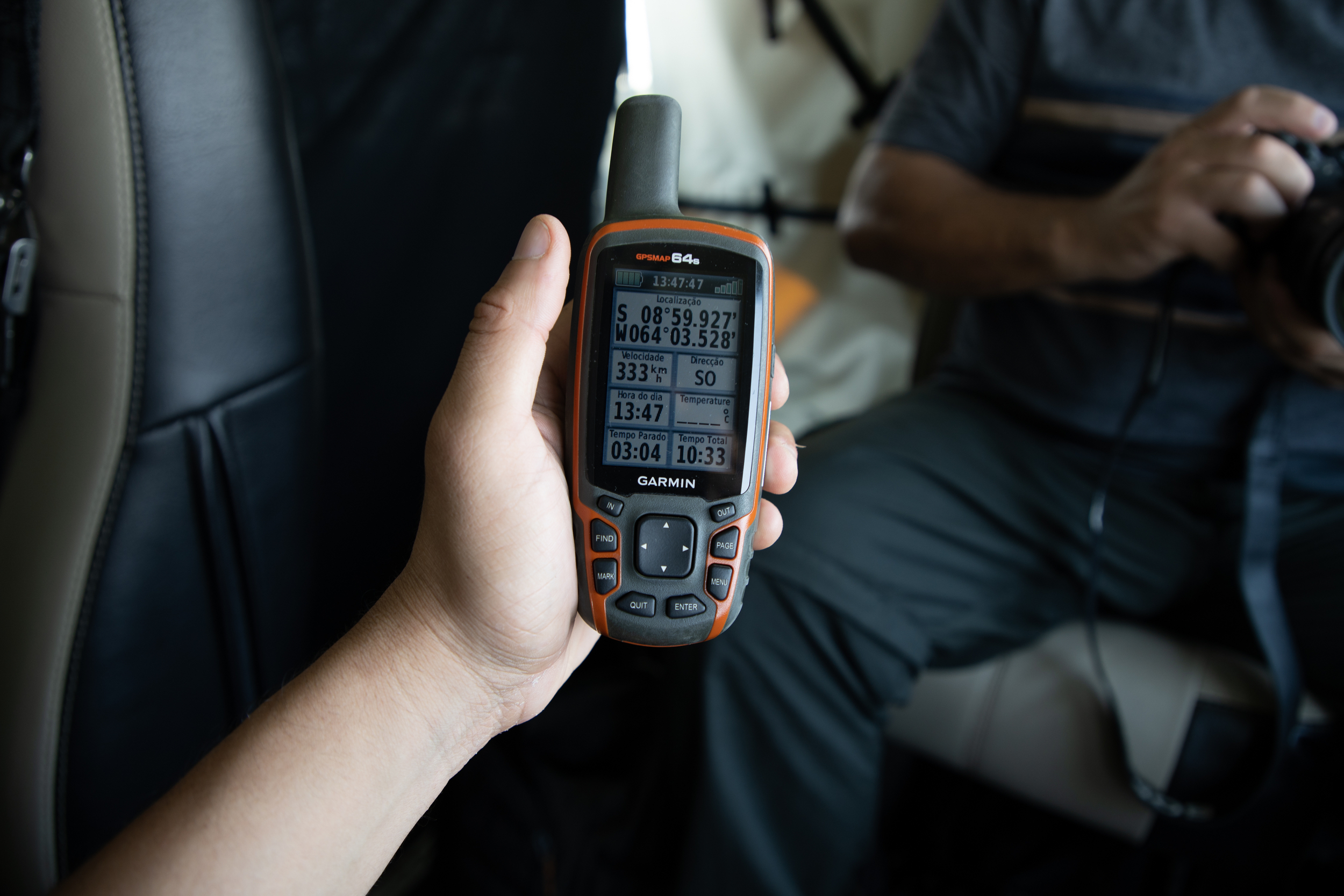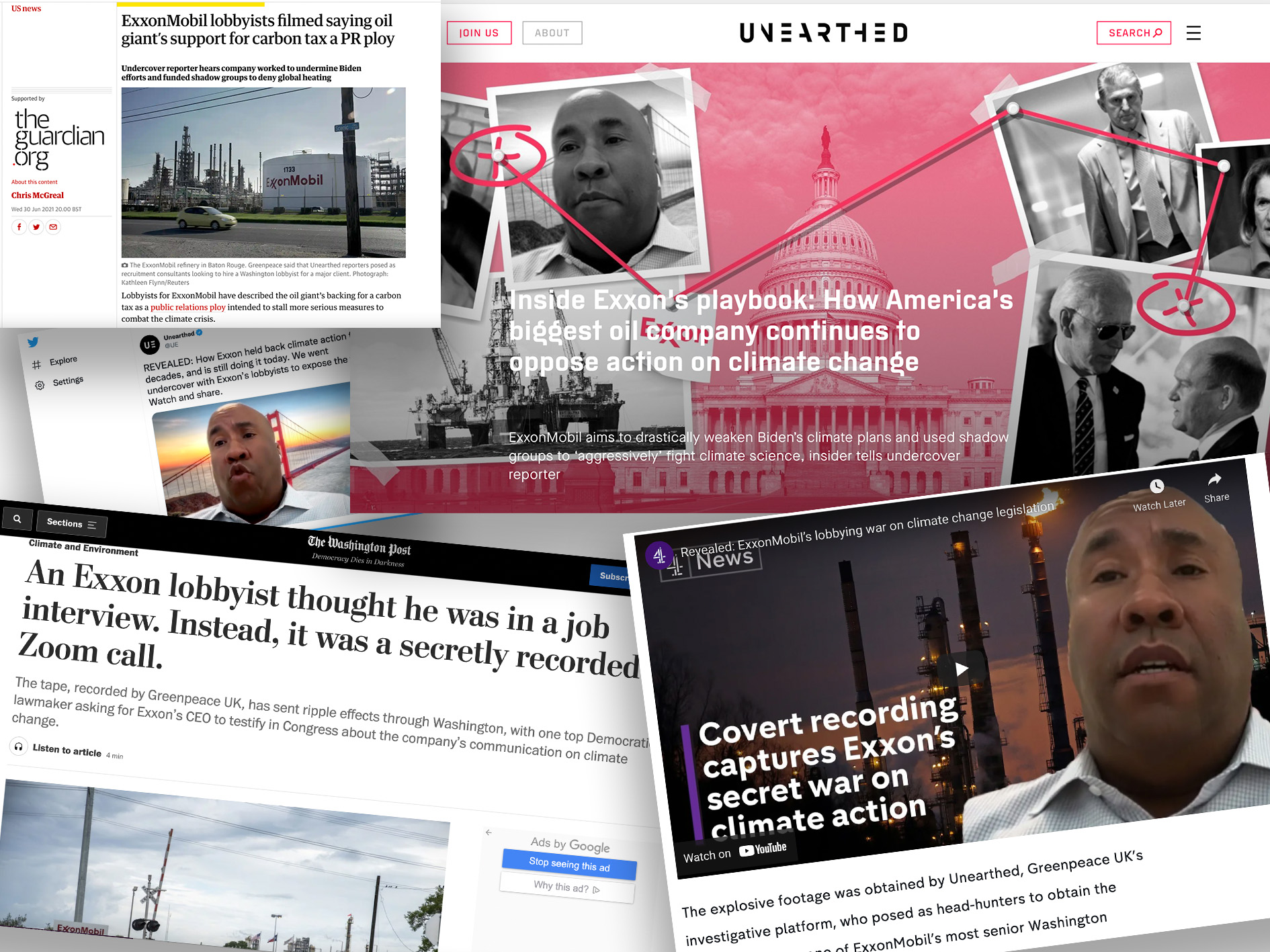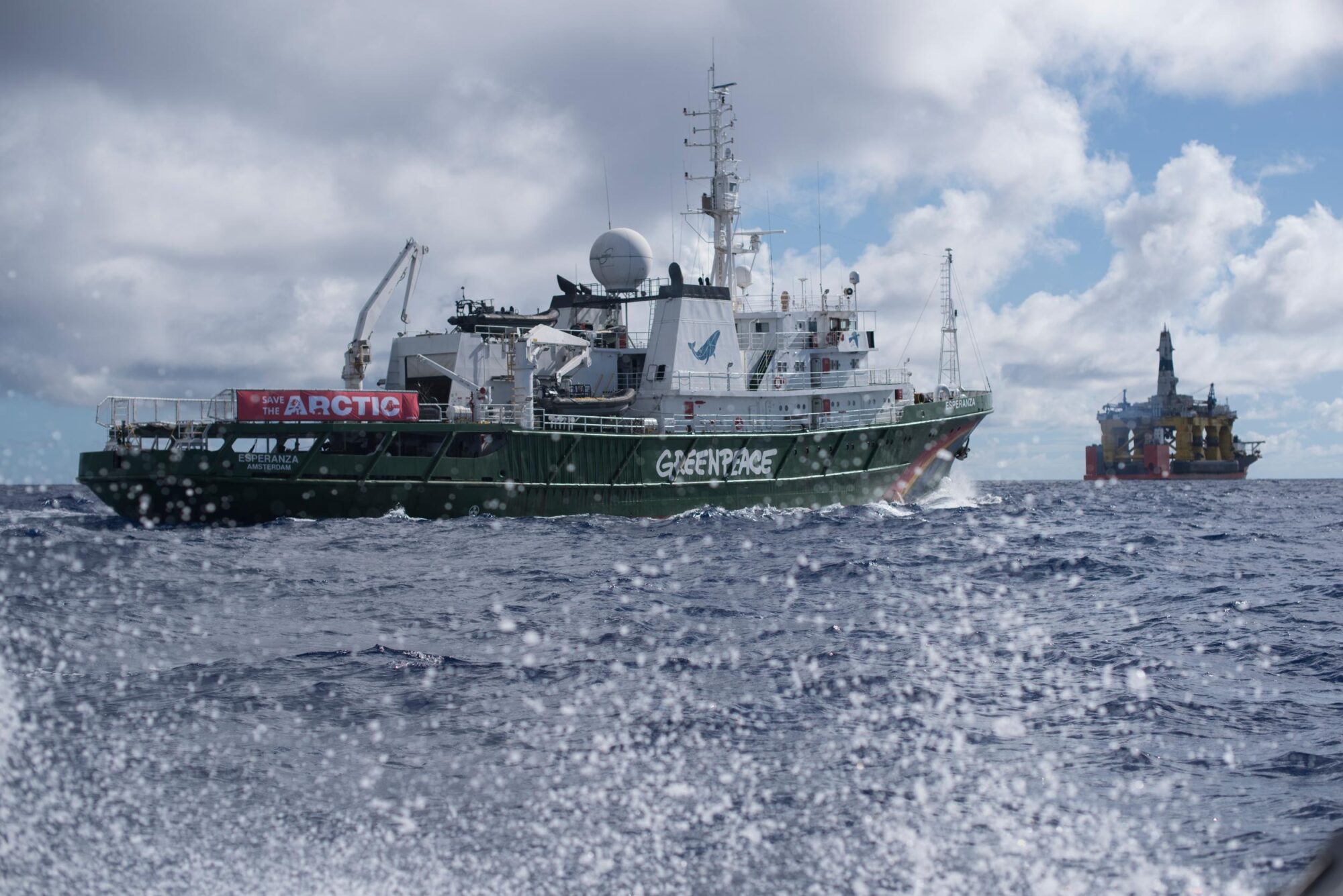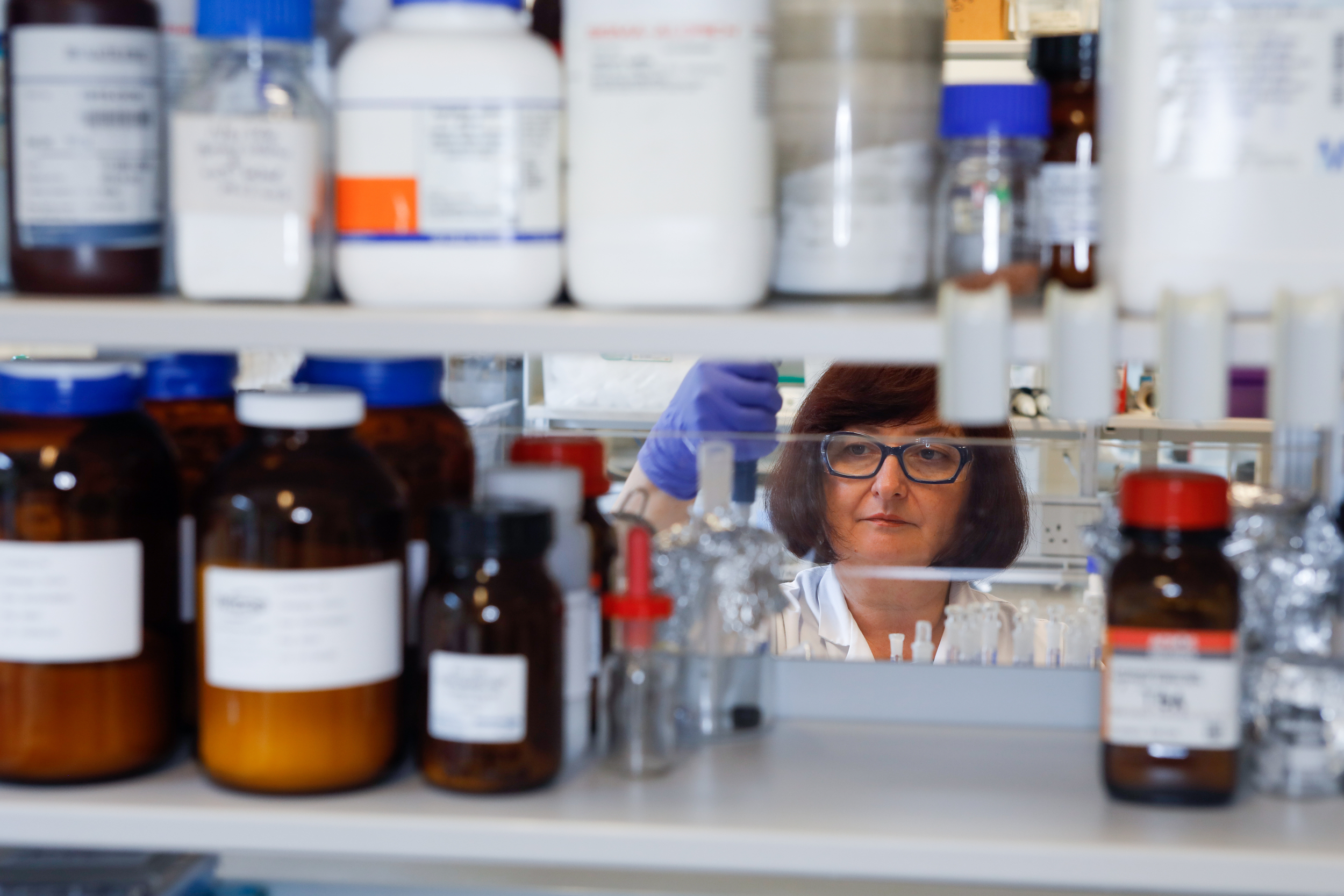Greenpeace investigations are a catalyst. They’re a vital way to expose environmental crimes and provide the evidence and intelligence we need to build campaigns, lobby politicians and take peaceful direct action.
We’re a very small team – I’m the only full-time investigator, working with brilliant freelance researchers, journalists and tech experts worldwide. But we use every tool we possibly can to shine a light on environmental destruction.
Using satellite services, we monitor places that otherwise stay out of sight. Using drones, trackers and covert cameras, we check out areas where we suspect our planet is at risk and plan our next moves. With subscriptions to ship-tracking databases and media outlets, we follow commodities like soya, timber, crude oil and gas, so we can expose the companies that damage our planet and hold them to account.
We’re only able to work in all these ways (and plenty more) because of Greenpeace supporters like you. And, as you can see from these examples, it gets results.
The secret that helped Save the Arctic
Back in 2015, our investigative skills played a big part as Shell dropped its plan to drill in the Alaskan Arctic. By placing a covert monitoring system inside Shell’s fleet in Alaska, we learned that a vital piece of drilling equipment was onboard an icebreaker that needed to dock for repairs in Portland, Oregon.

